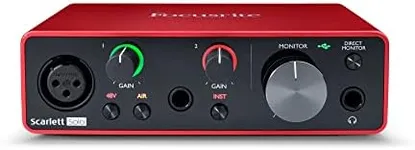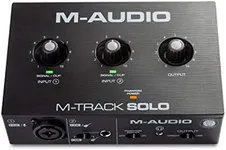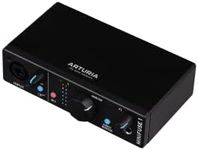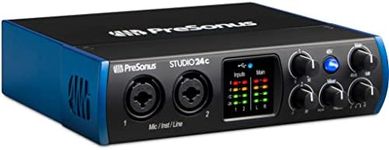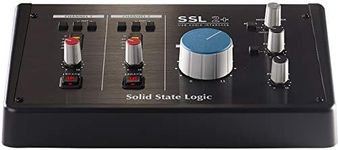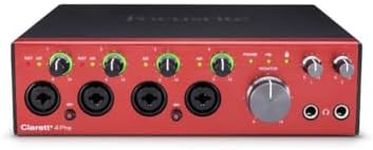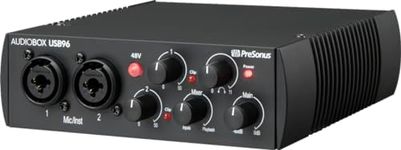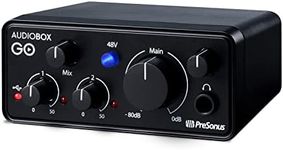Buying Guide for the Best Audio Interface For Guitars
Choosing the right audio interface for guitars is crucial for achieving the best sound quality and recording experience. An audio interface acts as a bridge between your guitar and your computer, converting analog signals into digital data that can be processed by your recording software. When selecting an audio interface, consider the features that will best suit your recording needs, whether you're a beginner or a professional musician. Understanding the key specifications will help you make an informed decision and ensure that your recordings sound great.Input/Output OptionsInput and output options determine how many instruments or microphones you can connect to the audio interface at once. For guitarists, having at least one high-impedance instrument input is essential for connecting your guitar directly. If you plan to record multiple instruments or use microphones, look for interfaces with multiple inputs. Outputs are important for connecting to speakers or headphones, so consider how you plan to monitor your recordings. Choose an interface with enough inputs and outputs to accommodate your current setup and any future expansion.
Audio QualityAudio quality is defined by the bit depth and sample rate of the interface, which affect the clarity and detail of your recordings. Higher bit depths, like 24-bit, provide more dynamic range, while higher sample rates, such as 96kHz, offer better frequency response. For most guitar recordings, a 24-bit/48kHz interface is sufficient, but if you're aiming for professional studio quality, consider higher values. Your choice should depend on the level of detail you want in your recordings and the capabilities of your computer and recording software.
LatencyLatency refers to the delay between playing a note and hearing it through your speakers or headphones. Low latency is crucial for real-time monitoring and recording, as high latency can be distracting and affect performance. Interfaces with direct monitoring features can help reduce latency by allowing you to hear your input signal without processing delay. If you plan to record live performances or need precise timing, prioritize interfaces with low latency specifications and direct monitoring capabilities.
ConnectivityConnectivity options determine how the audio interface connects to your computer. Common connections include USB, Thunderbolt, and FireWire. USB interfaces are widely compatible and suitable for most users, while Thunderbolt offers faster data transfer rates for high-end recording needs. FireWire is less common but still used in some professional setups. Choose a connectivity option that matches your computer's ports and offers the speed and reliability you need for your recording sessions.
PortabilityPortability is important if you plan to record in different locations or need a compact setup. Smaller, bus-powered interfaces are easy to transport and don't require an external power source, making them ideal for mobile recording. Larger interfaces may offer more features but can be less convenient to move. Consider how often you'll be recording on the go and choose an interface that balances portability with the features you need.
